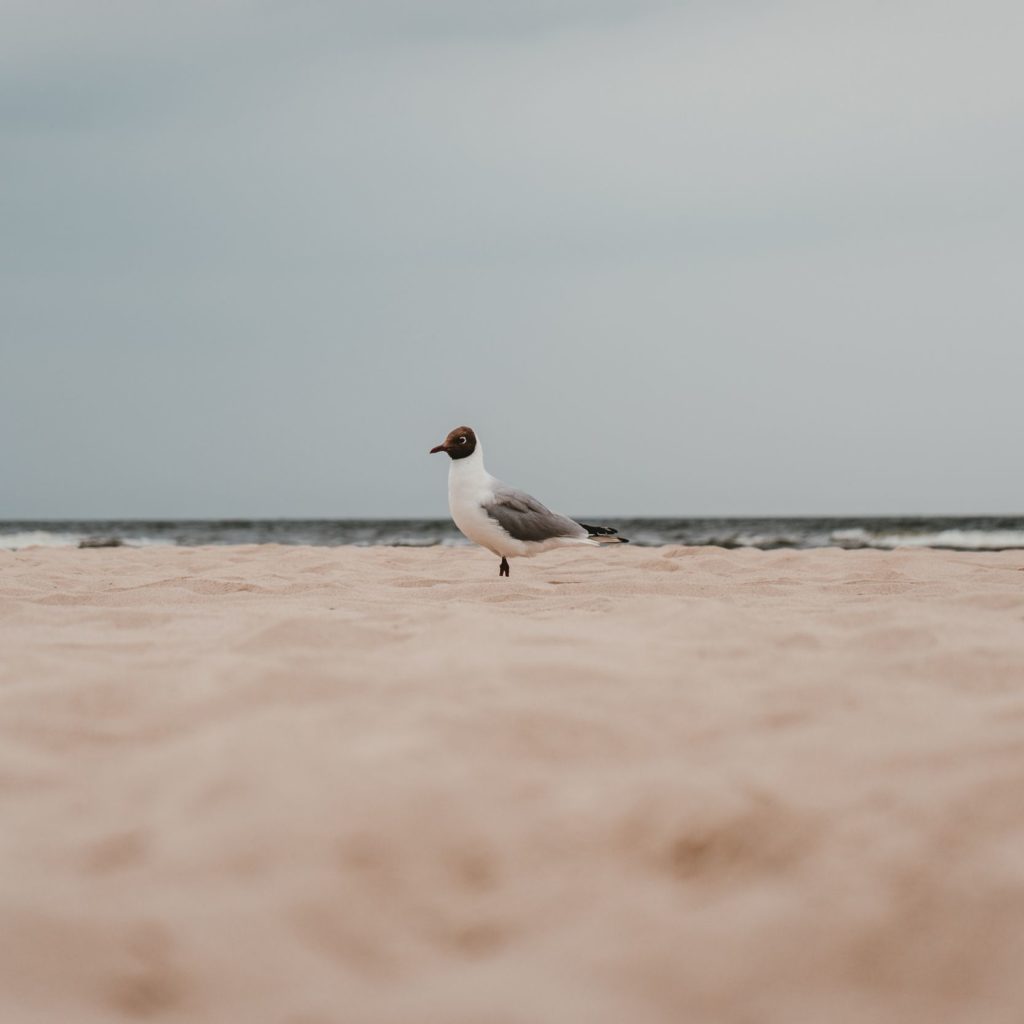The island's greatest natural wealth are birds.
Nearly 300 species have been found on Sobieszewska Island. We meet here birds that travel thousands of kilometers from other times of the year, e.g. in northern Siberia or southern Africa. As many as two ornithological reserves have been established on the island for birds: in the west - "Ptasi Raj" and in the east - "Mewia Łacha".
The "Ptasi Raj" nature reserve, with an area of 188 ha, is located in the northwestern part of the Sobieszewo Island. It was founded in 1959. It consists of two coastal lakes (Karaś lake and Ptasi Raj lake). The lakes are surrounded by a wide belt of reeds, and former coastal meadows are overgrown with alder.
The larger Lake Ptasi Raj separates the Messina Spit from the sea, and a picturesque, 19th-century stone dyke from the Wisła Śmiała. The main purpose of protection is to preserve the complex of coastal lakes, swamps and dunes as a resting place for passing birds.
There are over 320 plant species in the reserve, and there are over 200 species on the list of birds there, 45 of which nest here. The most interesting breeding species include: white-fronted tern, ringed plover, river plover, bittern, spotted grass, green fodder, whisker and porcupine. Occasionally, ohar, eider and oystercatcher nest here. In the non-breeding period, most birds reside in the open water surface. They include flocks of ducks, geese (up to 20,000 individuals), swans, coots and gulls. There are seals in the reserve.
The "Mewia Łacha" nature reserve, created in 1991, is located in the north-eastern part of the Sobieszewo Island, covering an area of 19 ha. Its northern and western border is the sea, from the south it adjoins the Namorsk pine forest, and from the east - to the estuary section of the Vistula Przekop. The remaining part of the reserve, with an area of 131 ha, is located on the other side of the Vistula near the village of Mikoszewo. The purpose of protection is to preserve: breeding colonies of rare species of terns, breeding sites, resting and foraging of seedling, gillies and other birds, characteristic vegetation and the landscape of the Vistula mouth cone along with all the dynamics of the natural delta processes of the great lowland river.
Within the reserve there is a few hectares of overgrowing lake, where a beaver family found shelter. The coastline of this area from the sea is very variable due to strong waves: periodic lakes, extensive shallows and various bends and islets are formed here. About 450 species of vascular plants were found here, including the protected sea-claus and orchid red-bellied ore.
The area of the Vistula estuary belongs to one of the most interesting areas in the country in terms of ornithology. There is a huge variety of species (275 species in different seasons) and periodically very high concentrations of birds, especially gulls, terns, ducks and seedlings. Summer flocks of small gulls (up to a maximum of 40,000 birds) are among the largest flocks of this species in Europe. Winter concentrations of gulls and ducks have even more than 100,000 birds! From mid-July, a path leads along the reserve between the beach in Świbno and the mouth of the Vistula, at which information about the reserve and various natural objects that are worth seeing in the reserve is located. At this time, you can also visit an ornithological camp and find out how and why birds are ringing.

